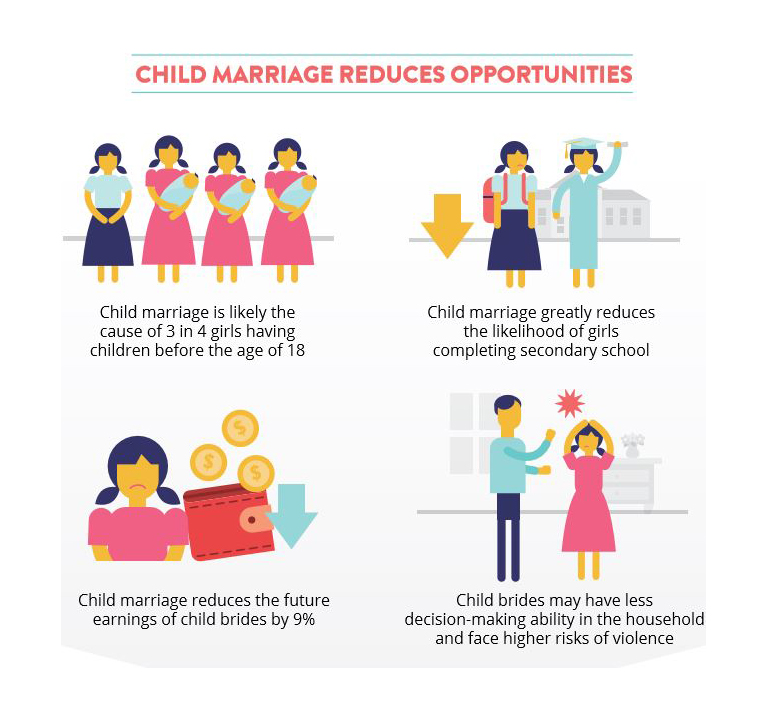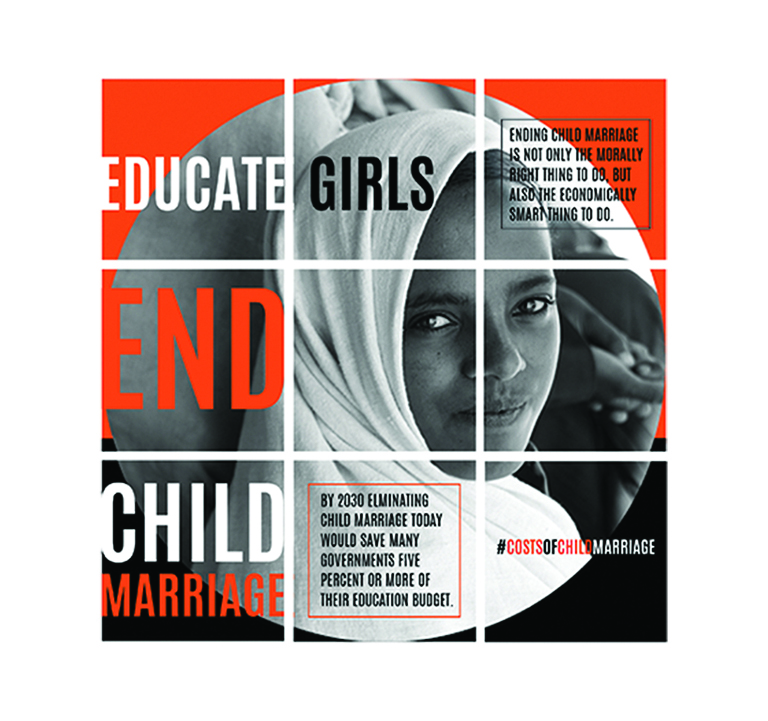Another important benefit of ending child marriage would be an increase in women’s expected earnings in the labor market. Due in large part to the impact of child marriage on education, women who marry as children have, on average across 15 countries, earnings that are nine percent lower than if they had married later.
Finally, countries would also save on their education budget.
Action to end child marriage
The international community is increasingly aware of the negative impacts of child marriage. In the Dominican Republic, an upper middle income country where more than one in three girls still marry before 18, new country data by UNICEF and the World Bank Group on the economic impacts of child marriage will feed into a campaign to end the practice.
With financing from IDA, the World Bank’s fund for the poorest countries, the Sahel Women Empowerment and Demographic Dividend (SWEDD) project is working with the governments of Burkina Faso, Chad, Cote d'Ivoire, Mali, Mauritania, and Niger to empower adolescents and women. The project aims to delay marriage, and expand access to reproductive, child and maternal health services by working with communities, including religious and traditional leaders. The $205 million SWEDD project also offers “safe space" programs for girls and includes conditional cash transfers to encourage them to stay in school.
In Uganda, girls’ clubs run by BRAC Uganda, a branch of the Bangladesh-based international organization BRAC, have demonstrated success. Some 1,500 clubs in Uganda offer games, music, sex education, financial literacy, vocational training, and access to microfinance for young women trying to become entrepreneurs. Girls who have been members of the clubs for two years are 58 percent less likely to marry early.


